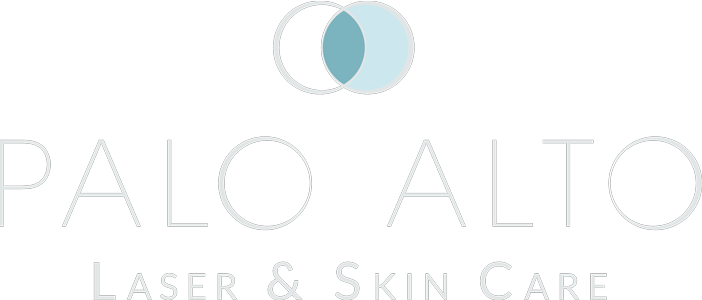A toenail might need to be removed due to being ingrown or because of a fungal infection that is resistant to the traditional treatment. Palo Alto Laser and Skin Care offers toenail removal surgery as a fast outpatient procedure. Ingrown toenails are the most common reason for toenail removal, and is recommended when treating the ingrown toenail with non-surgical approaches has not been effective. When noticed early, ingrown toenails can often be treated at home. However, severe cases—and particularly when an infection is present—may require antibiotic treatments and/or a toenail removal surgery.
TOENAIL REMOVAL
About 20 percent of people who see a doctor for foot issues present with an ingrown toenail, also called onychocryptosis. It’s a painful condition that occurs when a toenail grows downward and into the skin. This most often occurs in the big toe when the corner of the toenail embeds into the nail bed. Causes of ingrown toenails can usually be traced to tight shoes or harmful toenail trimming. For patients that failed oral antifungal therapy, have recurrent fungal infection under their toenail or they are unable to take oral antifungals due to medical reasons, toenail removal may be their only course of action.

WHY EXPERT CARE FOR TOENAIL REMOVAL IS IMPORTANT
It’s common to try and treat an ingrown toenail at home, but expert care is always a better approach. This is especially true for those with certain conditions, such as:
- Poor circulation
- Nerve damage
- Diabetes
- Anyone who notices redness, swelling, pus production, or has extreme pain or a fever
Toenail surgery typically requires local anesthesia, meaning you will be awake during the short surgery but won’t feel any pain. Those who are anxious may request Pro-Nox, a patient-controlled blend of oxygen and nitrous oxide, for further comfort.
Toe Nail Removal FAQs
How quickly will the toenail wound heal?
Most patients find that the initial wound heals several weeks after the surgery, with the toenail returning to “normal” 6-12 months later. Discomfort will lessen day by day after the surgery.
Can I help make the recovery faster from toenail repair?
A toenail will grow at its usual rate, but you can help increase your comfort and reduce immediate post-surgical side effects such as discomfort and swelling. Post-surgical care instructions will be provided by your doctor and may include nonsteroidal anti-inflammatory drugs (NSAIDs), keeping your foot elevated, antibiotic ointments, and actively keeping your bandage dry and clean.

